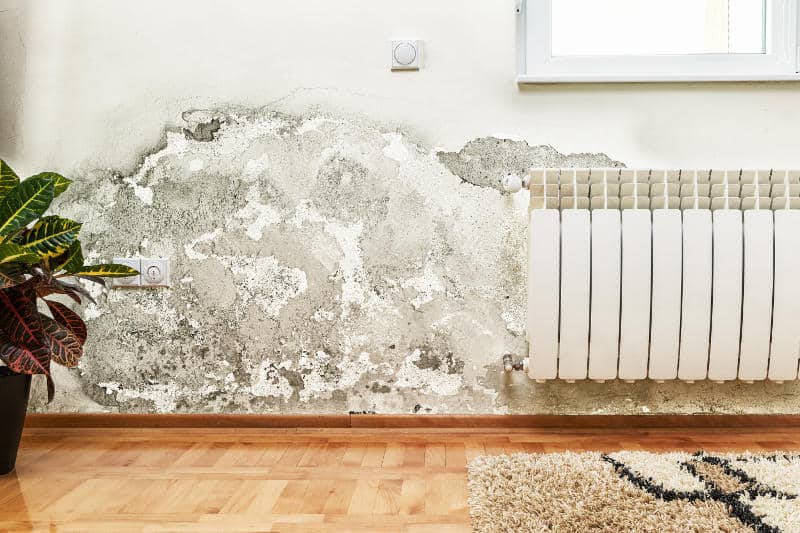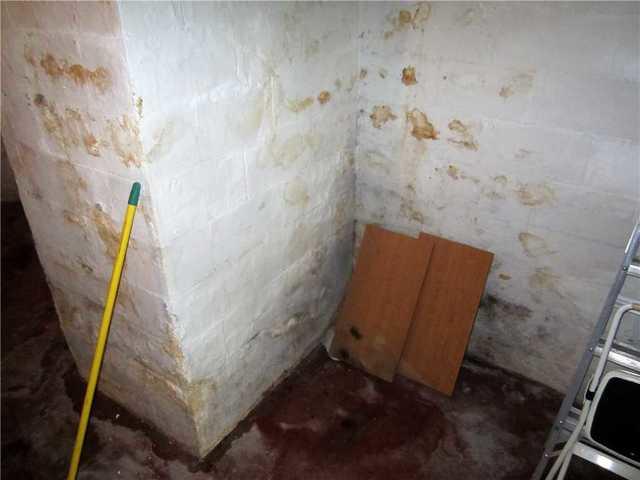Resolving Water Stains on Walls: Examinations and Addresses Tutorial
Resolving Water Stains on Walls: Examinations and Addresses Tutorial
Blog Article
They are making several good pointers on the subject of Indicators of Water Damage Behind Walls in general in this article followed below.

Water spots on wall surfaces are not pleasant to the eyes. Your home needs to be without stains on the wall surfaces, roofing system, or floors. That is the excellent state of a residence and its structures. Yet, occasionally it seems nearly inevitable to experience water stains on walls in houses.
House owners living in damp regions constantly deal with the fear of water stains on wall surfaces. With accurate and well-shaped details on the reasons of water spots and punctual repair service processes, you will constantly be an action ahead of such occurrences.
3 Common Sources Of Water Discolorations on Walls
Contrary to common belief, water discolorations on wall surfaces do not constantly originate from bad building products. There are a number of reasons for water discolorations on wall surfaces. These consist of:
Damp
When warm damp air meets with completely dry chilly air, it triggers water droplets to base on the wall surfaces of structures. This happens in shower rooms and cooking areas when there is heavy steam from food preparation or showers. The water beads can stain the bordering walls in these parts of your residence and also infect various other locations.
Wet or condensation affects the roofing system and also wall surfaces of buildings. When the wall is wet, it develops an ideal atmosphere for the development of germs and fungi.
Poor Water drainage
When making a building plan, it is critical to ensure sufficient drain. This will certainly protect against water from seeping right into the wall surfaces. Where the drainage system is blocked or missing, underground wetness accumulates. This web links to excessive wetness that you observe on the wall surfaces of your structure.
So, the leading reason for wet walls, in this case, can be a bad drain system. It can likewise be because of inadequate monitoring of sewer pipelines that go through the structure.
Pipeline Leaks
Most homes have a network of water pipes within the walls. This makes sure that the pipes are well away from the reach of destructive rats. It constantly boosts the practicality of such pipes, as there is little oxygen within the walls. This dissuades rust.
A drawback to this is that water leakage impacts the walls of the structure and also creates extensive damage. An indication of damaged pipelines is the look of a water discolor on the wall.
Pro Tip
A houseplant in your house likewise enhances its humidity. So, if the house is currently damp, you may intend to introduce houseplants with minimal transpiration. An example of ideal houseplants is succulents.
Water Spots on Wall: Repair Service Tips
When dealing with water spots, house owners would usually want a fast repair. Yet, they would certainly soon recognize this is counterproductive as the water spots recur. Below are a few helpful suggestions that will certainly guide you in the repair work of water discolorations on walls:
Final thought
Although nobody wishes to have water spots on walls in their house, it can happen to the very best of us. This article gives you leverage, as you currently know exactly how to handle this incident if it does take place.
It is always best to recruit expert solutions to aid deal with the damages in your house.
Occasionally it appears almost unavoidable to experience water spots on wall surfaces in residences.
In contrast to preferred belief, water spots on walls do not constantly stem from bad structure products. There are numerous reasons of water discolorations on wall surfaces. The water beads can stain the surrounding walls in these parts of your home and spread to other areas.
Here are a few valuable pointers that will certainly lead you in the fixing of water discolorations on wall surfaces:
How to identify and deal with water spots on walls and ceilings
Where is water coming from?
Where is the water coming from? Is the roof above it? Or how about a bathroom? Potentially a leaky pipe? Whatever is up, it’s wet. Repairs cannot be attempted until the source is identified and the necessary repairs made. Otherwise, repairs are moot. The water stain will just come back.
Many times the repair is simple. A common source is water seepage. A shower pan or piping that once had be caulked could have sprung loose causing a slowly leaking pipe. Address potential piping issues before proceeding.
If it’s the roof that’s up, check it for leaks. Roof water is not always attributed to a roof problem. Depending where in the country you are located, you could be looking at an ice dam, which means new insulation and repairs. Roofs can leak, shingles can slip. Again, the repairs must be made before any patch work can happen inside.
Why is there a water spot?
Water stain repairs always come last. Repairing a water stain inside your home before addressing the issue is going to lead to disappointment. Repairs will quickly be taken apart by a continuous leak. You will need to see how wet the area actually is. Potentially, you could be looking at taking out a piece of the ceiling or drywall to get down to a dry bones before moving forward. If you neglect this step, you are sure to have bleed through on the repair.
How to go about fixing the problem?
Clean.
Once the underlying cause of the stain is dealt with, you can begin by cleaning the stain with bleach. Mix one cup of bleach with three cups of warm water and wipe the wall down. This mixture will also remove any leftover mildew, dirt or dust that could prevent a good paint job. Rinse the solution off with a spray bottle and towel.
Prep.
Get a drop cloth set up on the floor below your project. If the mess is on a ceiling, protective gloves and goggles will be crucial. After the area is dry, tape off any areas, like trim, you want to keep paint-free.
Prime.
Use a good quality base coat of stain-blocking primer. Your ceiling is probably painted with an interior latex paint, meaning it is water soluble. Water will destroy this kind of paint and cause lingering issues with your job. The base coat will block this from happening again in the future.
Paint.
After ample drying time, apply at least two coats of ceiling paint, with drying time in between. Oil-based ceiling paints will contain more volatile organic compounds (VOCs) and fumes, so take precautions not to expose yourself to this paint for too long.
Your ceiling should look pristine a new. Provided the problem has been completely solved, there will be no returning halo in your paint job.

I was made aware of that report on Indicators of Water Damage Behind Walls from an acquaintance on another web blog. Enjoyed our blog? Please share it. Let another person discover it. Bless you for your time. Visit us again soon.
Expertise on line! Report this page